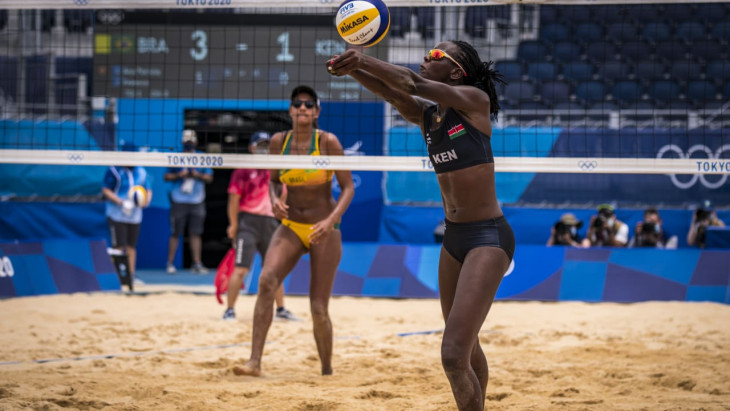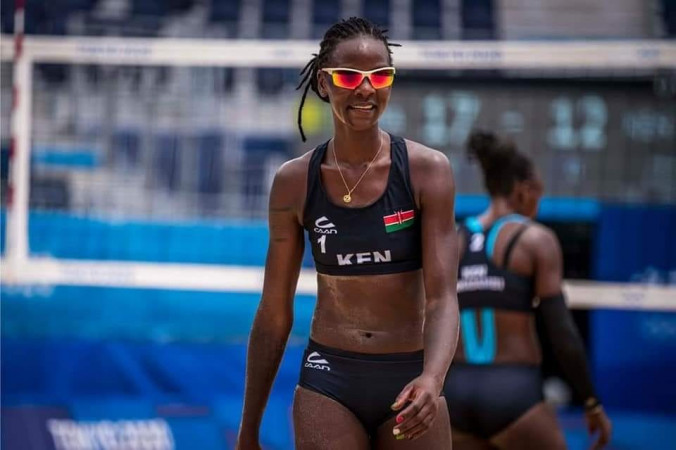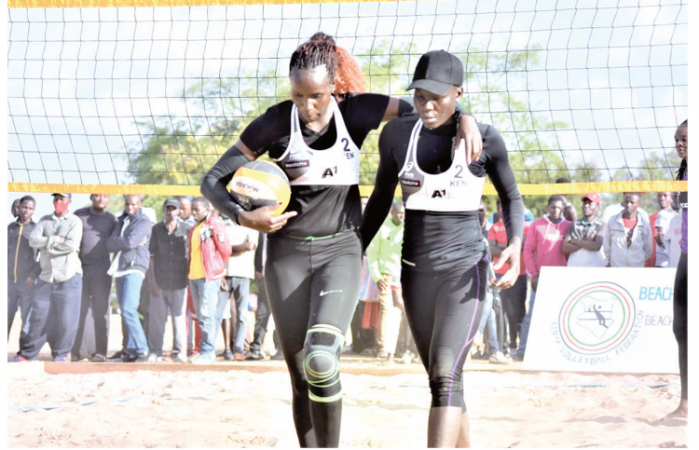Why beach volleyballers wear bikini
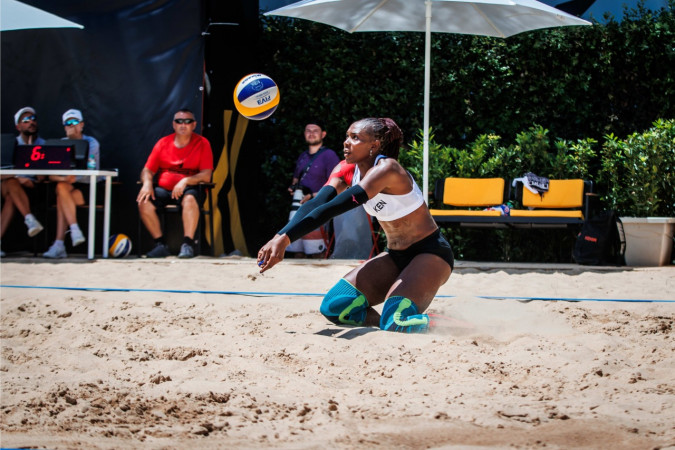
Beach volleyball is fast gaining popularity among Kenyans and one thing that truly cannot escape our eyes is the unique clothing the athletes clad during match ups.
Top national athletes; Guadencia Makokha and Brackcides Agala are currently battling it out in the World Championships being staged in Italy. What could easily grab your attention is the colourful bikini wear being dressed by world-renowned athletes.
Bikini
Bikini wear has long been worn in beach volleyball but there’s actually more to what meets the eye.
Surprisingly almost all of the athletes go for the two-piece swimsuits because there are fewer places to trap sand that chafes against their skin.
Beach volleyball was a sport that was developed in Hawaii and Southern California and on the beaches of Rio.
Since the heat is a normal tendency on beaches, having cool baths next to the playing sand court makes it sensible to be already in bikinis.
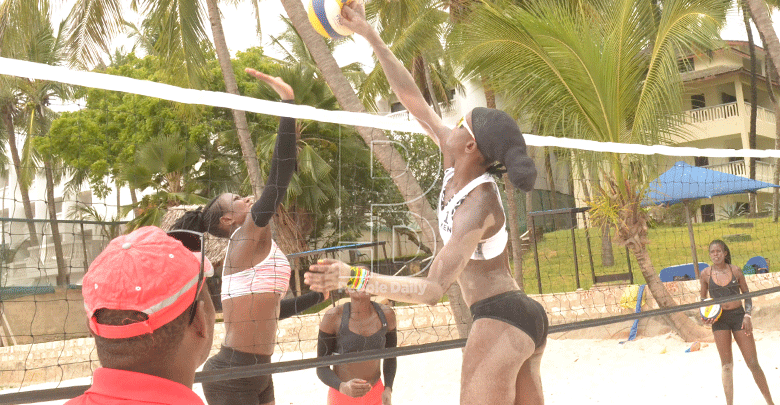
One-piece bathing suits won’t work, because the sand gets inside and chafes; in fact, the players say, the less material that can trap sand, the better. It’s also important that the straps don’t restrict movement or breathing.
Some teams did wear leggings and long sleeves under their uniforms on the cooler nights in 2012, dismaying the London tabloids, but even then, most opted for the traditional board shorts and bikinis.
Four years later, after the FIVB expanded Olympic qualifying in an attempt to spread the sport to new countries, the Egyptians played in long sleeves, a loose-fitting top, full-length pant legs and hijabs to cover their heads breaking the traditional bikini norm.
Beach volleyball
When beach volleyball became an Olympic medal event in the Atlanta Games in 1996, the women’s uniform was a bikini with the option to wear a body suit underneath in cold weather or for modesty purposes.
The International Volleyball Exertion (FIVB) updated the rule in 2012 to allow players to wear shorts as well as sleeved tops in an effort to be more inclusive and respectful of the different cultural beliefs around the world.
Beach volleyball isn’t the only international sport in which female players still have non-athletes telling them what they should and shouldn’t wear when they play.
Athletes in sports like track and field and beach handball are also getting criticized — by both men and women — for wearing what they’re most comfortable in when they play. In July 2021, Paralympic athlete Olivia Breen was told by a female official that the shorts she wore were “too short and inappropriate.”
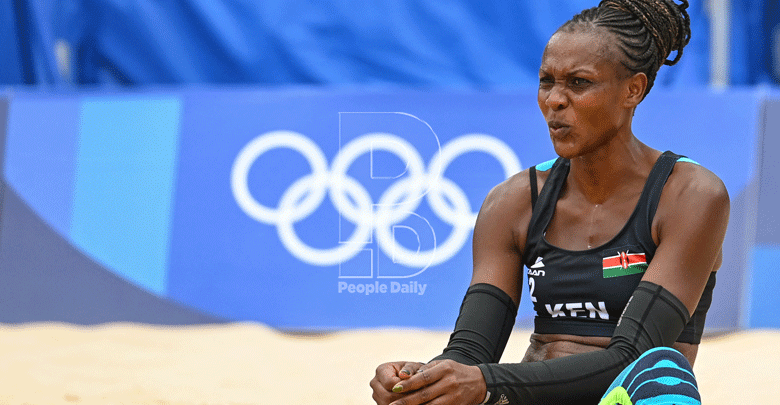
Far from bikinis, Kenya was among the four teams picked by the Confederation of African Volleyball (CAVB) to represent Africa.
Others are Morocco, Egypt and Mozambique. Kenya’s duo of Agala and Makokha lost to the Italians and Germans in the opener matches but will be looking towards redemption once they face Polish duo of Kinga Wajtasik and Koclolek Katarzyna.
This is the second time Kenya is participating in the World Championships since 2017 when the pair of Naomi Too and Makokha represented the country in Austria.
